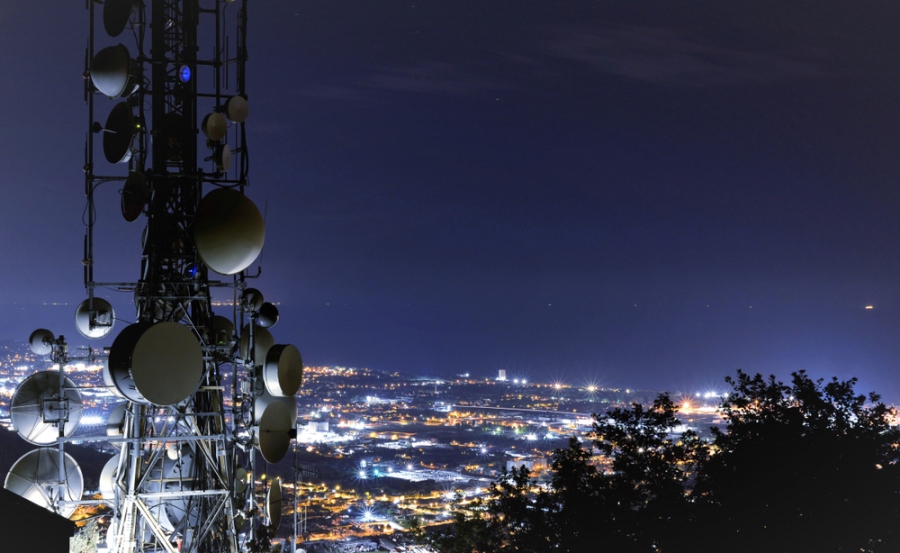Telecom towers are an essential aspect of the modern telecommunication system. As the number of mobile phone users and internet subscribers grows, companies add more towers to their network to keep up with the demand. These telecommunication towers come in different shapes and sizes. There are four common types of installations use in Canada, and these are mentioned below:
1. Guyed Tower
A guyed tower can be used for cellular, radio, and television purposes, which makes it an excellent choice for suburban and rural areas. It is a light-to-heavy weight installation that is built using straight rods that form a network of triangles. Wires support the triangles at angle points, which makes the structure very secure and sturdy. These telecommunication towers can reach heights of 2,000 feet, so the antennas mounted on top of them receive clear signals with minimal disruption.
Guyed towers can be either partially guyed or additionally guyed. Partially guyed towers have fewer wires acting as support while the latter has additional cables for extra support.
2. Monopole Towers
These towers are ideal for small areas with little room for full guyed installations. They consist of a single tubular pole that doesn’t have any support structure. All of its weight is concentrated at the base. It’s why this tower isn’t considered as stable as other telecommunication towers.
Monopole installations are relatively short, rarely exceeding 200 feet in height. This helps keep the pole balanced and ensures it doesn’t become too top-heavy. An antenna is mounted on the top of the pole on the exterior.
3. Lattice Towers
Lattice towers are considered some of the most stable and flexible telecommunication towers and are self-supporting, triangular or square-shaped installations that offer considerable stability. They are made from either steel or aluminum and can support several antennas easily.
Lattice towers require a lot of space, which is why they are installed in open grounds. These structures are often used to support telecommunications over a large area. They can be very tall without losing their stability. One of the tallest towers is around 128 meters high and is located in Russia.
4. Stealth Towers
These towers are commonly used in populated urban or suburban areas where aesthetics are a concern. They satisfy local zoning requirements and are discreet in their appearance, which means they don’t ruin the beauty of a well-planned neighborhood.
Stealth towers are one of the smallest telecommunication towers available today, but they are also comparatively expensive. These installations don’t cover a large area and aren’t very efficient, but they are ideal for small neighborhoods that require proper connectivity.
Stealth towers are often disguised as metal sculptures, artificial trees, or decorative poles. The idea is to hide them in plain sight, so residents don’t have a cause to complain about aesthetics.
A telecommunication company always considers customer requirements before installing a tower. They look at factors like location, connectivity, demand, and space availability before recommending a specific type of installation. Environmental factors are also an important consideration. Some towers do better in harsh winter conditions than others.
An installation company will explain the pros and cons of every tower style in detail so clients can make an informed choice regarding them. In most cases, guyed towers or lattice installations are the best solutions. A company may recommend stealth structures for small, up-scale towns, but most clients choose efficiency over aesthetics. Consider all types of towers carefully to see which one fits your particular requirements before making a decision. It is also essential to look at the long-term maintenance cost during the decision making process.



